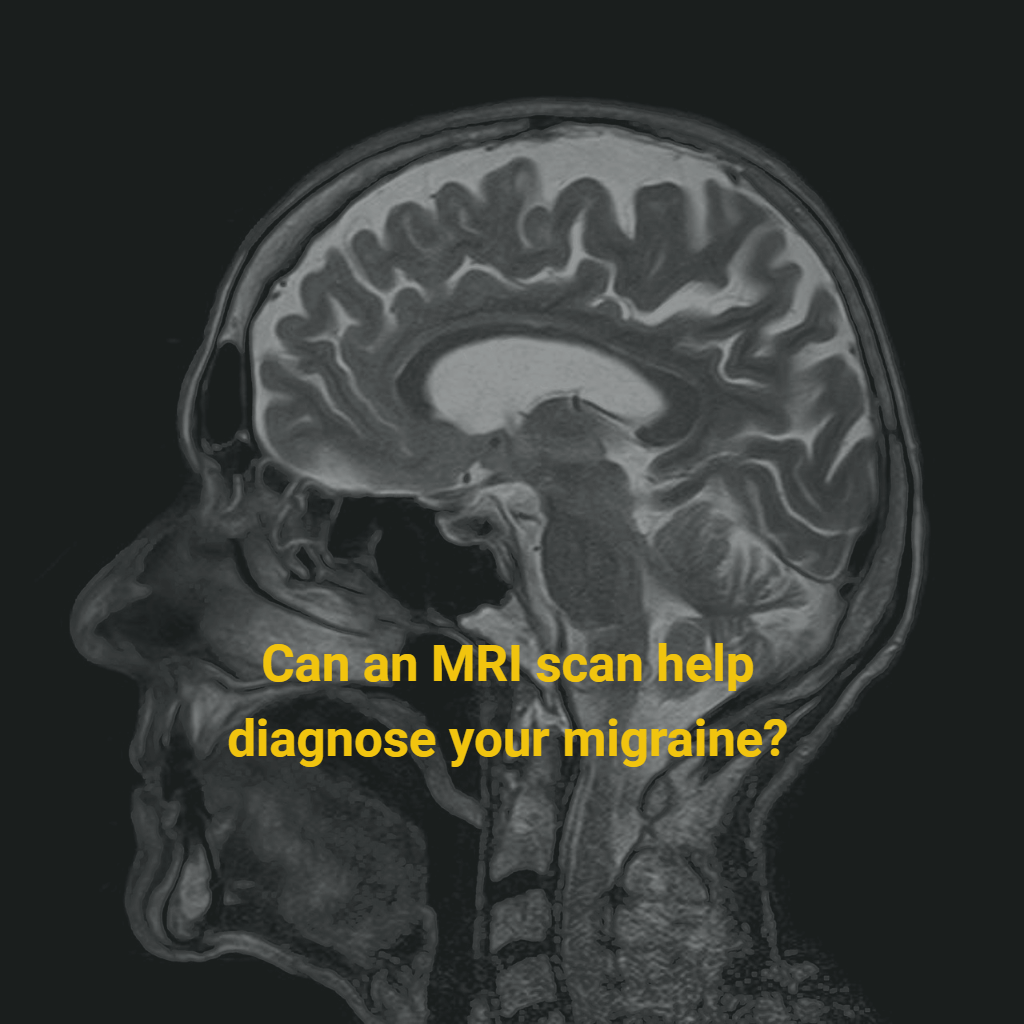MRI scans are not used to diagnose migraines or tension headaches — but that may be changing. Currently they can help physicians rule out possible medical conditions, like a brain tumor, an abscess, or fluid in the brain. Now, a study out of the Mayo Clinic in Phoenix, AZ shows that a new MRI technique can accurately classify migraine patients 86% of the time. This could be a game-changer in helping doctors accurately care for patients with migraine symptoms.

MRIs provide a clear image of the brain and where the spine and back of the neck meet. Doctor Catherine Chong led a study to better understand visual patterns in migraine and to distinguish between patients who have migraine from those who don’t. Dr. Chong said, “We really want to better understand how certain areas of the brain communicate with one another—how they form specific functional networks.” Her team developed an algorithm that could be combined with MRI data to accomplish the task.
The study used 50 people without migraine and 58 people with migraines. Participants had episodic migraine and there were some who had migraine with aura and some without aura. After the participants were divided into their respective groups, each underwent 10 minutes of MRI scan.

They selected 33 regions of the brain known to show activation patterns to start their analysis. They then put all 33 areas into their machine-learning algorithm, which led to a ton of data points—so much so that they needed to reduce these data, which they did through analysis that emphasizes variation and strong patterns, making the data easier to see and study.
Dr. Chong compared it to a tub full of tiny LEGO pieces. Each piece represents one data point. The algorithm sees through them and then packages meaningful ones, ones that form important sets, and stacks them on top of one another to differentiate between migraineurs and healthy controls.

Using this machine-learning approach, Dr. Chong and her fellow researchers were able to distinguish people with migraines from healthy controls in their study with an classification accuracy of 86%.
After collecting the different MRI scans and analyzing the data collected, the researchers found that there aren’t several areas that differentiate people with migraines from healthy controls, but just one really broad area that spans the whole cortex.
Dr. Chong says this study and discovery is just the first step, and she hopes to further increase the accuracy in future studies. But with what they found, doctors can now use MRI scans to help identify areas of interest in the brain that can indicate with a high level of confidence whether someone is susceptible to migraines and do so with good accuracy levels.





